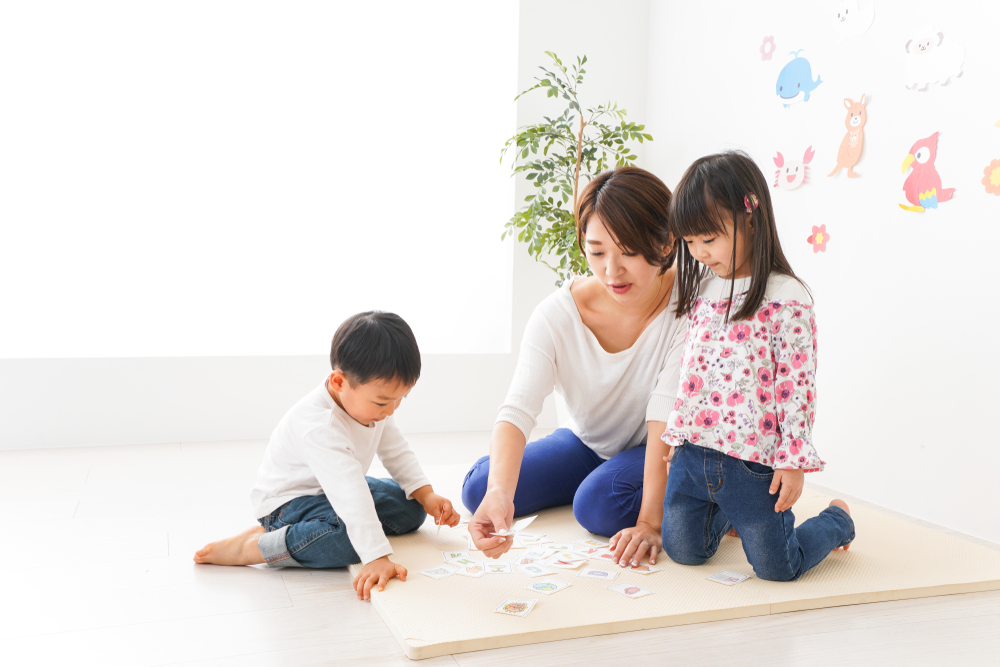Parenting Tips
June 2023

Source:Specialist in Ophthalmology, Dr. Chan Cheuk Ki
Eyes are the windows to our souls, and we should take good care of them. There are various claims regarding eye protection, so which ones are true?
Claim 1 — Looking at more green scenery can prevent myopia?
To prevent myopia, we can start with environmental factors, such as cultivating good reading habits. We can follow the 20-20-20 rule, which means taking a 20-second break every 20 minutes of reading. During the break, you can close your eyes or look at something 20 feet away, like green trees. Therefore, the popular belief that looking at green scenery can rest the eyes is not about the color green itself but about focusing on distant objects. When looking at distant objects, the ciliary muscles of the eye, responsible for lens adjustment, can relax, slowing down the progression of myopia.
Claim 2 — Doing eye massages can prevent myopia?
As for eye massages, there is currently no scientific evidence to support their effectiveness. However, there is a small tip for everyone: research conducted abroad has shown that engaging in more outdoor activities can help reduce the progression of myopia. Therefore, parents can take their children to the countryside or parks more often to play.

Claim 3 — Wearing glasses irregularly can worsen myopia
Firstly, myopia is the ability to see clearly up close but blurrier in the distance. If a child has myopia and needs to see clearly in the distance, such as during class, wearing glasses is necessary to have a clearer vision and not hinder learning. However, if a child has a mild degree of myopia, around 100 to 200 degrees, they can actually take off their glasses when looking at close objects like doing homework. As long as they can see close objects clearly at an appropriate distance without glasses, it is fine. However, it is important to note that if a child has amblyopia or strabismus, they must strictly follow the doctor’s instructions and may need to wear glasses for an extended period if necessary. Failing to do so may worsen the condition of strabismus or amblyopia.







